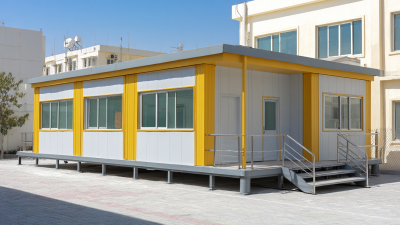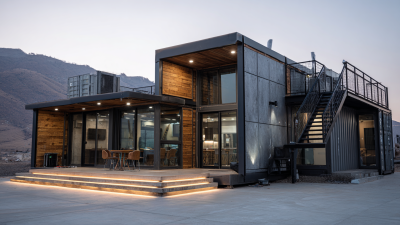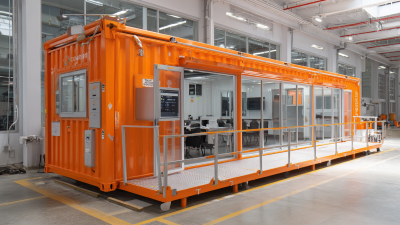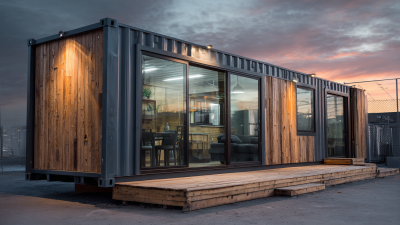As the education sector continues to evolve, the concept of "Temporary Classrooms" has gained significant traction, particularly in the context of rapidly changing market needs and infrastructure challenges. The 138th Canton Fair in 2025 showcased numerous innovations and solutions tailored for educational environments, emphasizing the increasing demand for flexible learning spaces. According to a recent report by the Global Education Market Research, the global temporary classroom market is projected to grow at a CAGR of 7.5% from 2023 to 2028, driven by factors such as urbanization, demographic shifts, and the urgency for adaptive teaching solutions in emergencies. This growing trend underscores the necessity for stakeholders to explore sustainable and cost-effective strategies for integrating temporary classrooms into educational frameworks, while addressing the long-term vision of providing equitable and quality education for all.
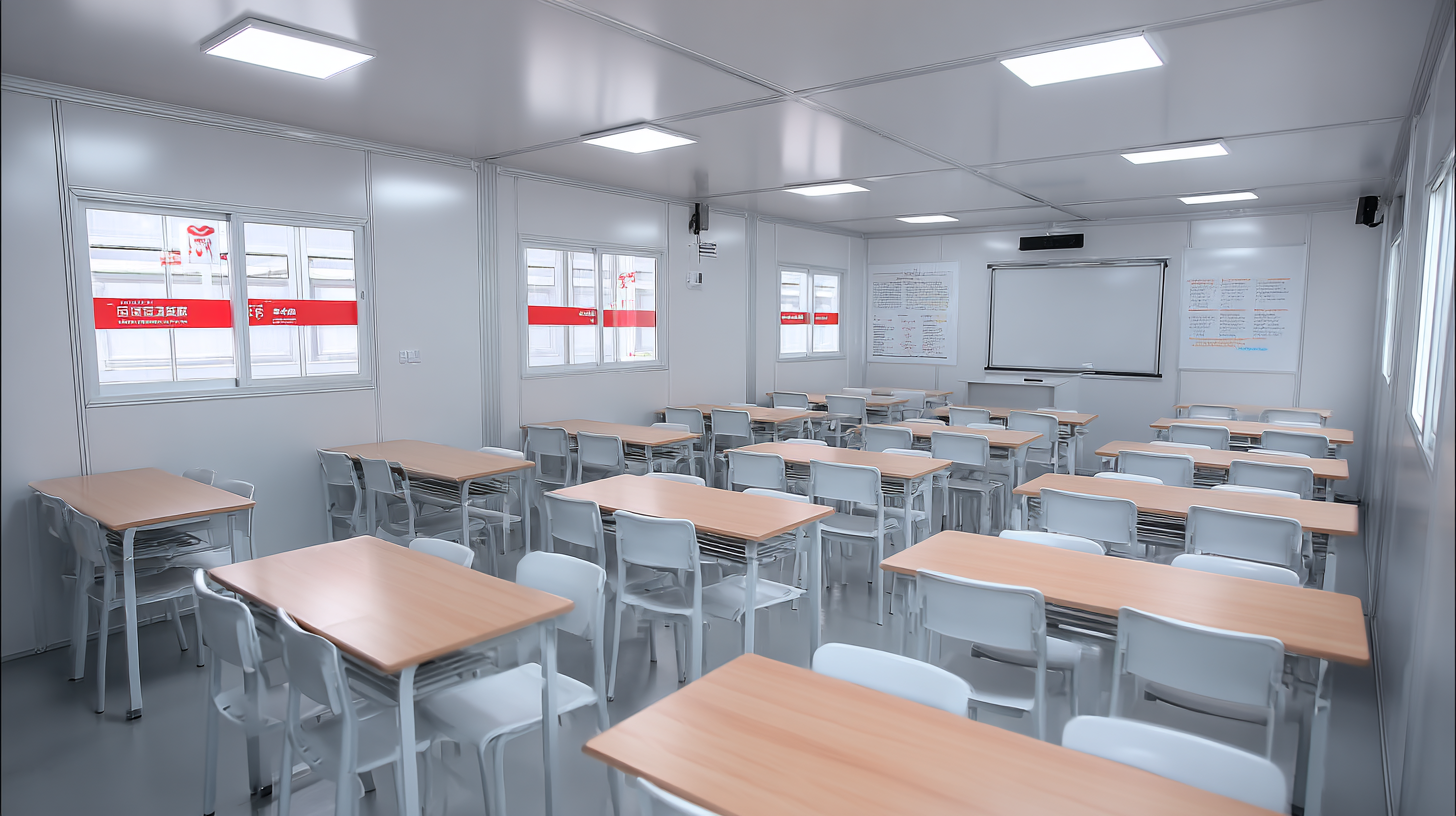
The recent 138th Canton Fair 2025 unveiled a plethora of innovations in the realm of temporary classrooms, which have rapidly gained traction in educational environments around the globe. As educational institutions confront challenges of overcrowding and the need for rapid deployment of learning spaces, the market for temporary classrooms is expected to grow significantly. According to a report by ResearchAndMarkets, the global temporary classroom market is forecasted to reach $5.1 billion by 2027, with a compound annual growth rate (CAGR) of 6.7%. This growth highlights the increasing demand for flexible, cost-effective solutions in education.
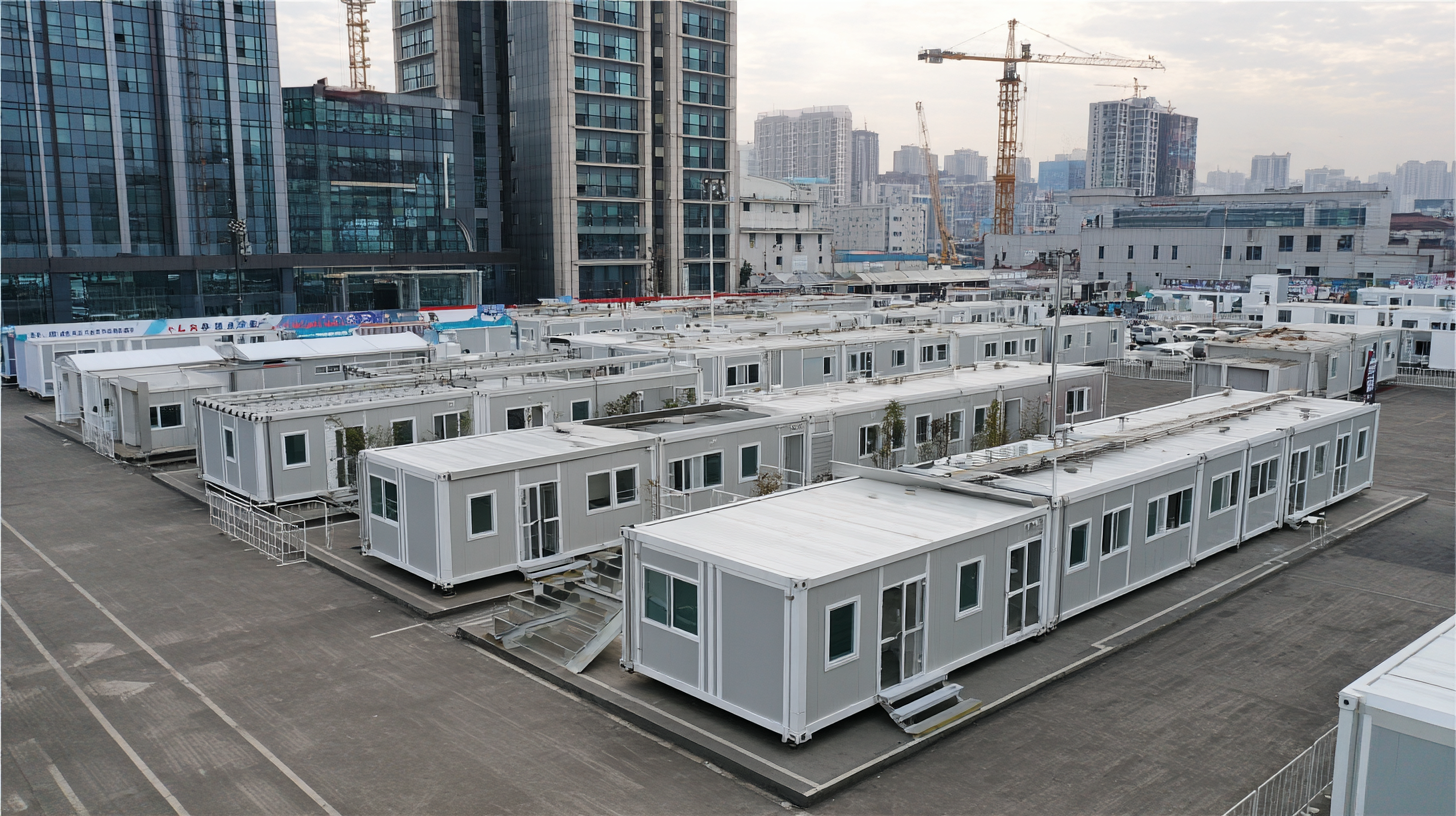
Innovative concepts showcased at the Canton Fair emphasized modular designs, sustainability, and smart technology integration. For instance, several exhibitors focused on eco-friendly materials and energy-efficient infrastructure to align with the global push for greener solutions. Additionally, smart classroom technologies, including interactive learning tools and connectivity features, were prominent. The integration of Internet of Things (IoT) devices is reported to enhance student engagement and facilitate a hybrid learning approach, reinforcing a 2022 Deloitte study predicting that educational technology investments will soar to $150 billion by 2025. Such advancements not only optimize the learning experience but also offer scalability to meet fluctuating enrollment scenarios, making temporary classrooms a compelling choice for the future of education.
The burgeoning trend of sustainability in temporary classroom design is gaining traction, as evidenced by discussions at the 138th Canton Fair 2025. A significant shift towards eco-friendly materials and energy-efficient structures is emerging in response to growing environmental concerns. According to a report from the Global Education Monitoring Report, approximately 50% of classrooms worldwide are in need of renovation or replacement, prompting educators and builders to rethink their approach. Temporary classrooms are now being constructed with sustainable materials such as bamboo, recycled plastics, and modular systems that allow for flexibility while reducing waste.
Moreover, market analysis indicates that the green building materials sector is projected to reach $404 billion by 2027, with a compound annual growth rate (CAGR) of 11.4%. This data underscores the urgency for districts and contractors to embrace sustainability not only to comply with regulations but also to enhance the learning environments. Innovative designs that incorporate natural lighting and passive heating reduce carbon footprints and improve indoor air quality. Future temporary classrooms will focus not only on immediate educational needs but also on creating a lasting positive impact on the planet, aligning with both market demands and global sustainability goals.
| Aspect | Description | Current Trend (%) | Future Outlook (%) |
|---|---|---|---|
| Sustainable Materials | Use of recycled or eco-friendly materials | 45% | 70% |
| Modular Design | Flexible and adaptable design for various uses | 50% | 80% |
| Green Certifications | Buildings certified by environmental standards | 35% | 65% |
| Energy Efficiency | Incorporation of energy-saving technologies | 40% | 75% |
| Community Engagement | Involving local communities in design and implementation | 30% | 60% |
The demand for temporary classrooms has surged in the post-pandemic landscape, driven by the urgent need for flexible learning environments. According to a recent market analysis report by Research and Markets, the global temporary classroom market is projected to grow significantly, with an expected CAGR of 8.7% through 2027. This increase can be attributed to factors such as population growth, the need for rapid deployment of educational facilities, and the limitations of existing infrastructure, particularly highlighted during the pandemic.
In the U.S., a persistent teacher shortage exacerbates the demand for innovative educational solutions. The challenges are multifaceted, as highlighted by recent discussions on the "three difficulties" facing educators: recruitment, retention, and working conditions. Temporary classrooms offer a viable solution by providing quick access to learning spaces that can adapt to fluctuating enrollment numbers and changing educational needs.
**Tip:** To effectively implement temporary classrooms, schools and districts should consider modular designs that meet diverse curriculum requirements while ensuring a conducive learning environment. Collaboration with local suppliers can also streamline the installation process and reduce costs.
This chart illustrates the market demand for temporary classrooms from 2021 to 2025, highlighting a steady increase in units required as educational institutions adapt to new learning environments in the post-pandemic era.
The landscape of temporary classrooms is evolving rapidly, driven by advancements in technology and changes in educational needs. At the 138th Canton Fair 2025, several innovations were showcased that promise to redefine these flexible learning environments. Key technologies, such as modular construction, smart classroom tools, and sustainable materials, are at the forefront, offering both efficiency and adaptability. Modular systems, for instance, allow educational institutions to customize spaces quickly, scaling up or down according to student population dynamics and ensuring optimal usage of resources.
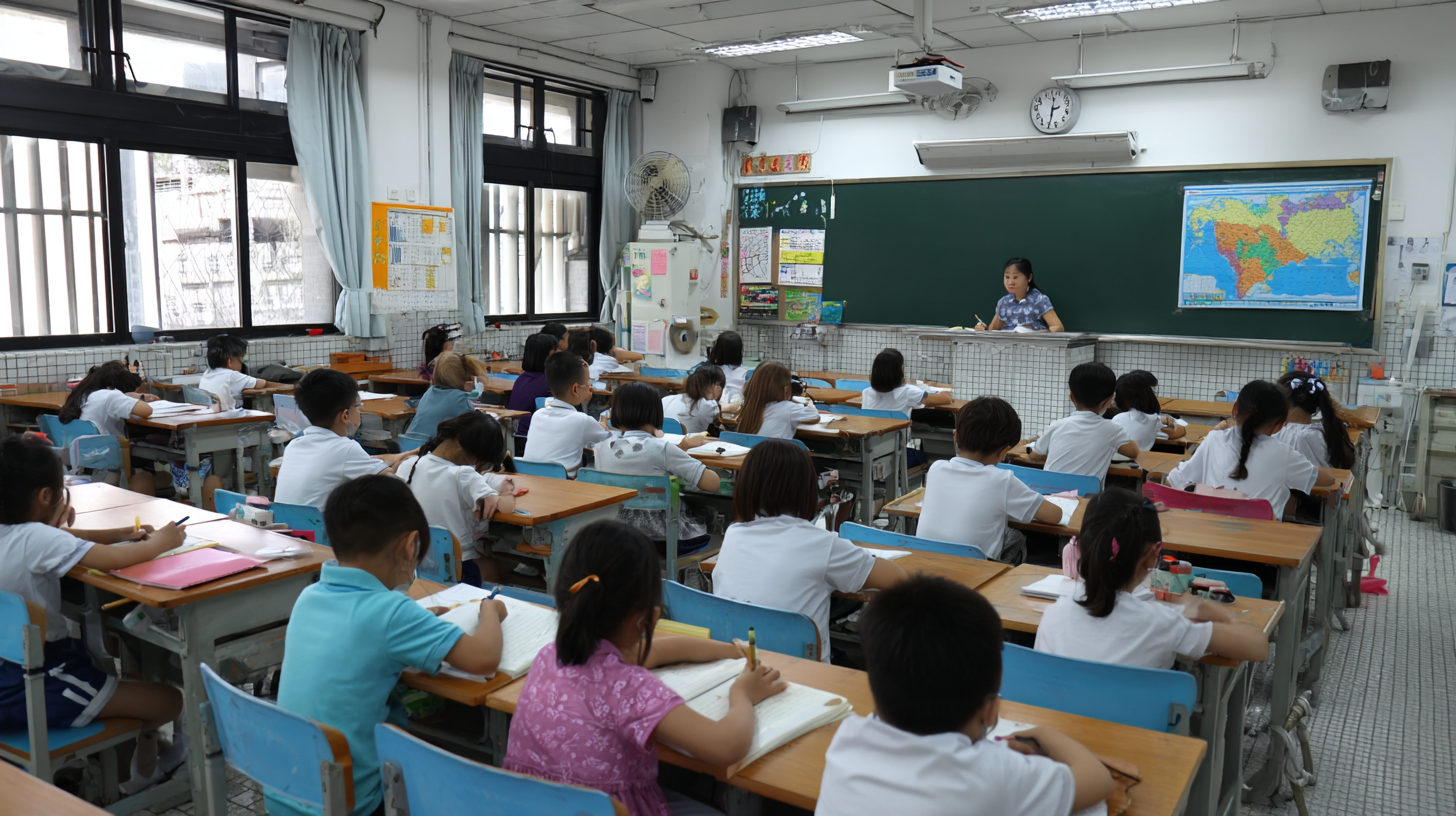
Moreover, the integration of smart technologies in temporary classrooms is transforming the way educators interact with students. Digital tools like interactive whiteboards, real-time assessment software, and virtual reality applications enhance the learning experience, making it more engaging and interactive. This shift not only caters to varied learning styles but also prepares students for a technology-driven future. As the demand for temporary classrooms grows in response to urbanization and changing educational paradigms, these innovative solutions will be crucial in creating effective and dynamic learning spaces.
The educational landscape is rapidly evolving, with both traditional and temporary classrooms vying for their place in modern pedagogy. Traditional classrooms, characterized by permanent structures and fixed designs, have long been the cornerstone of educational institutions. However, in light of recent needs for flexibility and adaptability, temporary classrooms are gaining traction. These temporary setups often feature modular designs that can be easily reconfigured based on current educational demands, making them an attractive option for schools under renovation or those experiencing fluctuating student populations.
**Tip:** When considering temporary classrooms, assess the specific needs of your educational environment. Think about factors like space requirements, number of students, and the nature of subjects being taught. Temporary classrooms should support the same level of engagement as traditional settings.
Moreover, temporary classrooms provide significant advantages in terms of cost-efficiency and speedy deployment. With their ability to be assembled quickly and moved as needed, these structures can significantly alleviate space shortages in traditional educational institutions. As schools adapt to changing circumstances, the versatility of temporary classrooms may well address challenges posed by overcrowding or unexpected enrollment spikes.
**Tip:** Collaborate with stakeholders, including educators and parents, to gather feedback on the temporary classroom experience. This insight can help tailor these environments to better meet the educational needs of all students.
